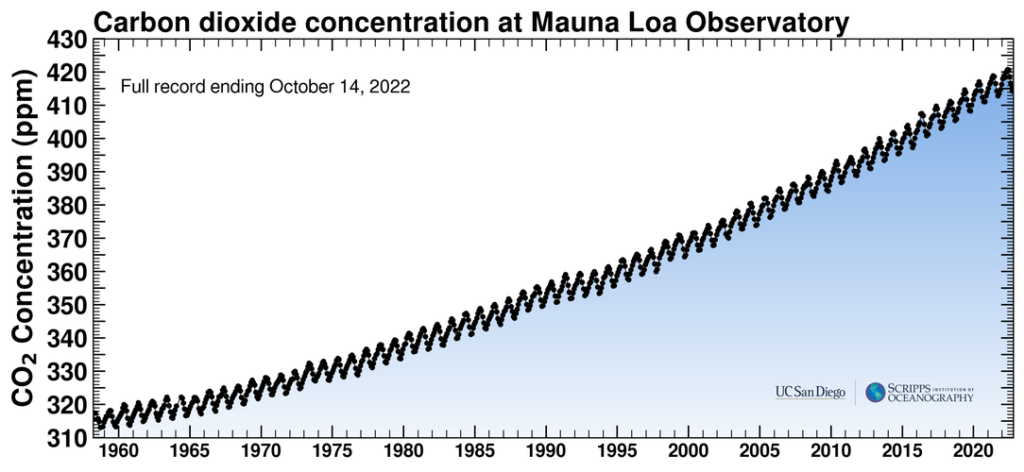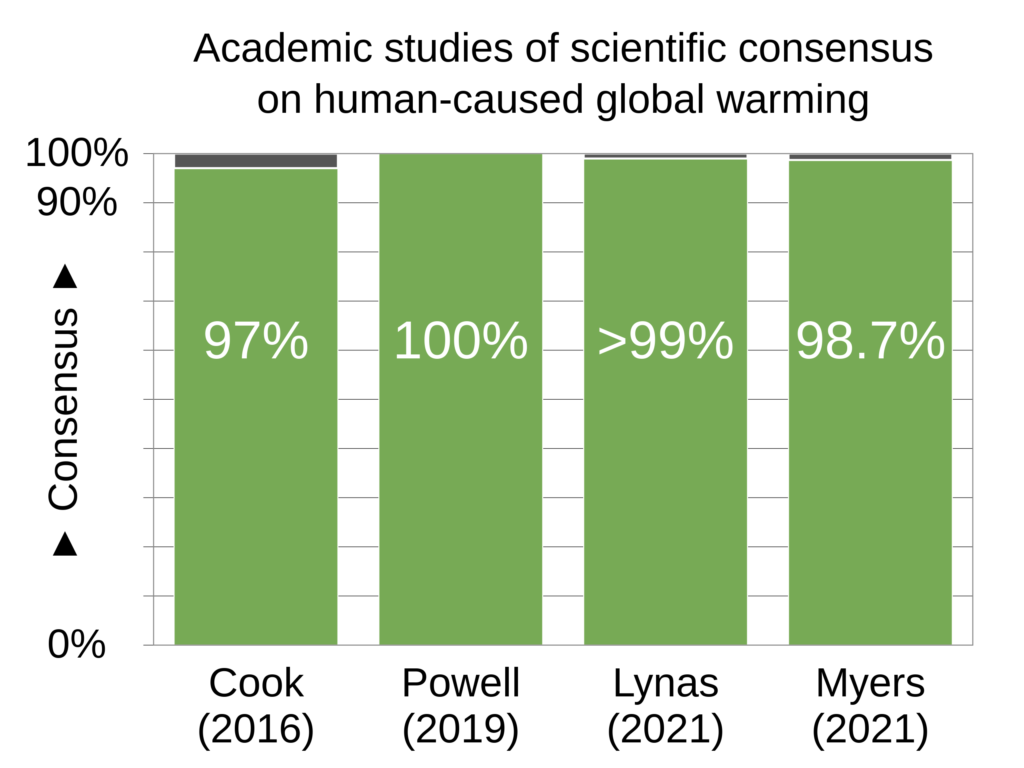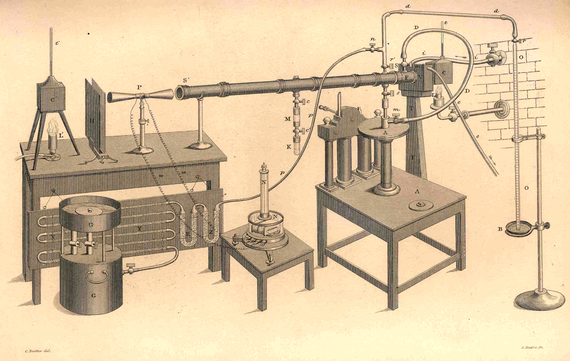Ice, ocean, and temperature
Our planet has experienced large temperature swings caused by changes in the composition of the atmosphere. These have produced climate extremes including semi-tropical conditions in Antarctica 90 million years ago, and thick ice at the equator 716 million years ago.
During the Cretaceous hothouse-Earth period, average temperatures were 5-10 degrees Celsius higher than they are today. Polar ice caps disappeared completely, raising the ocean as much as 550 feet higher than current levels.

As recently as the last ice age only 18,000 years ago, sea levels were 300-400 feet lower than they are now. That corresponds to a global average temperature 10 degrees Celsius lower than today.

The difference between the lowest sea levels in the historical record, to the highest is nearly 1,000 feet. Such a difference is almost unimaginable. It’s enough to shift coastlines by hundreds, or even thousands of miles. Sea level is almost entirely controlled by global average temperature. Which in turn is controlled by the levels of atmospheric greenhouse gases.
Why is it important to pay attention to past sea-level fluctuation? Because modern civilization has been built around stable coastlines and predictable weather patterns favorable to agriculture. From 19,000 years ago to 6,000 years ago, sea levels were rising by an average of 3 feet per century. But that’s average. During rapid periods of warming, sea level rise was as much as 15 feet per century, enough to wreak havoc on any coastal civilization within the timescale of a single human lifespan.
Modern atmospheric carbon
The world has entered another period of extremely rapid warming since the dawn of the Industrial Revolution. But even before the commencement of substantial carbon mining, pre-industrial civilization was already having an impact. As much as 9 percent of our current temperature rise is being caused by greenhouse gases emitted by the deforestation and agriculture of pre-industrial humans.
In the mid 19th century, carbon (coal) mining began in earnest as the Industrial Revolution kicked into high gear. Pre-industrial carbon dioxide levels in the atmosphere were 280 parts per million. In 2022, they peaked at 422 parts per million. That’s a staggering increase of over 50%. In order to fully understand the atmospheric carbon cycle, it’s important to look at the Keeling Curve. The Earth “breathes” every year as plants and oceans take in large amounts of carbon, and release it. That causes an annual fluctuation of up to 10 parts per million. Constant measurement of this process since the late 1950s at the observatory in Mauna Loa, Hawaii, have produced this graph.

How do we know that atmospheric CO2 levels control Earth’s temperature? Because they directly correlate to past temperature (and sea level) fluctuations.

How do we accurately measure prehistoric temperatures and CO2 concentrations? There are several methods. For CO2 levels, the most prominent involves sampling gases trapped in ice and sediment cores which go back about 800,000 years. Scientists can also reconstruct data going back many tens of millions of years using fossils trapped in sea mud. For temperature, it’s also ice core analysis, combined with the cataloguing of fossilized plants and animals.
Because of its important implications for our future, the history of Earth’s climate is one of the most extensively studied subjects in science, and has been subject to some of the most rigorous peer review of any subject. This translates to extremely low levels of uncertainty, and an almost universal consensus that covers not just the historical record, but also the fact that carbon emissions from human civilization are now the primary driver of this change.

When did we first learn about the possibility of climate change?

11th Century CE: A 2022 article in New Scientist discusses the earliest known scientific discovery that Earth’s climate could change. It was made by Chinese polymath Shen Kuo, who found fossilized bamboo in a cave, in an area where conditions weren’t then suitable to grow the plant.
17th Century CE: Robert Hooke suggested that that fossils of giant turtles found in Dorset, UK, meant that the climate there must once have been warmer.
19th Century CE: Scientific confirmation of the existence of past Ice Ages by Swiss geologist Louis Agassiz. Discovery of the “greenhouse effect” by Eunice Foote in 1856, and John Tyndall in 1861.
Wikipedia History of Climate Change Science
1896: Svante Arrhenius makes first calculation of “greenhouse effect” demonstrating that a doubling of the atmospheric CO2 fraction (then 280 ppm) would cause Earth’s average temperature to rise by 5 to 6 degrees Celsius.
1909: The term “greenhouse effect” was introduced by John Henry Poynting.
A simple lab experiment demonstrating thermal absorption of CO2




